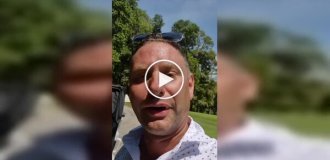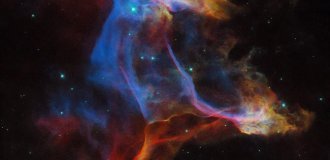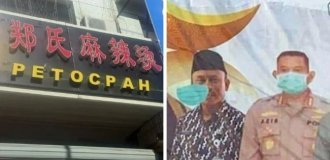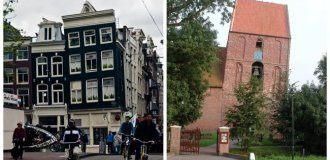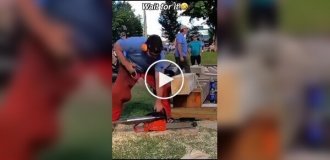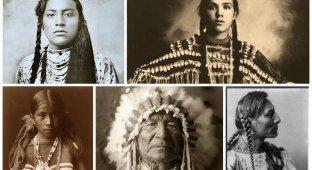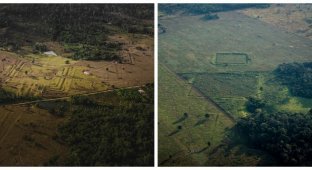The story of the indigenous women of the Amazon who saved their tribe from extinction (16 photos)
Until recently, it seemed that the Juma people, one of the Amazon tribes almost completely destroyed by the European invasion, were doomed to extinction. But thanks to three sisters from the last surviving family, the Juma people were gradually revived. One of the women became the leader of the tribe and with a firm hand led it into the future. 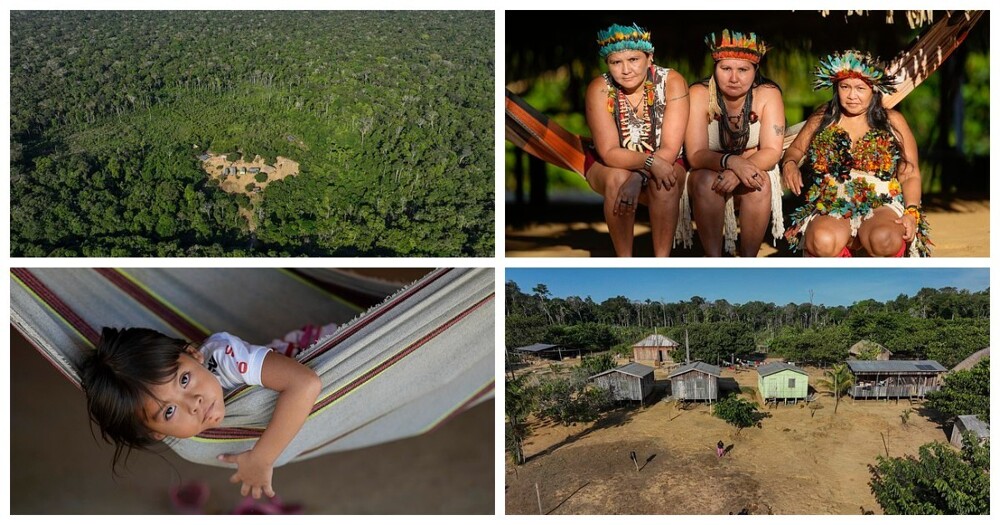
At night, in this village near the Assua River in Brazil, you can hear the rainforest humming. Sometimes the sounds of generators compete with the forest - this is a sign that there are people here. Until recently, it seemed that the Juma people were doomed to extinction, like the countless tribes of the Amazon destroyed by European invasion.
In the late 1990s, the last remaining family consisted of three sisters, Borea, Munday and Maita, and their father, Aruka, who was already in his 50s. In 2021, Aruka died of Covid-19 - in the news it was written as about the complete extinction of the patriarchal Juma society, since Aruka was the last man of the tribe. It really looked like the end.
But the sisters had a different plan.
“At some point I wanted to try to gain strength,” says Monday Juma. “So I started playing the role of leader, the first of the women. My sisters and father encouraged me to take this position.”
In fact, she was the first woman to become a chief in this part of the Amazon. She has a tattoo of her father's bow and arrow on her left arm. The real bow and arrows are kept in her home and proudly displayed to visitors. 
Sisters Munday, Maita and Borea Juma (from left) pose for a photo in their community near Canutama in Amazonas state, Brazil. 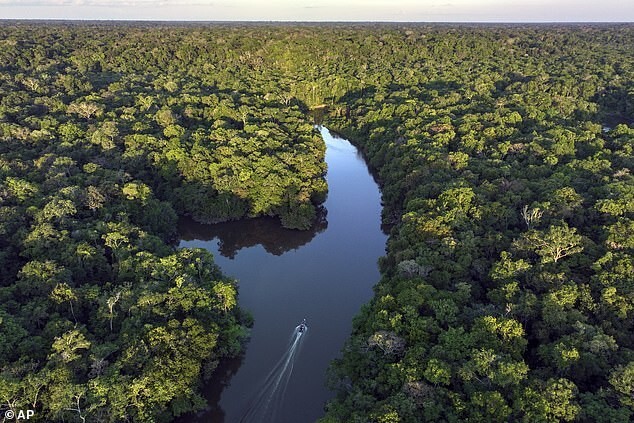
Members of the Juma tribe operate a boat on the Assua River. 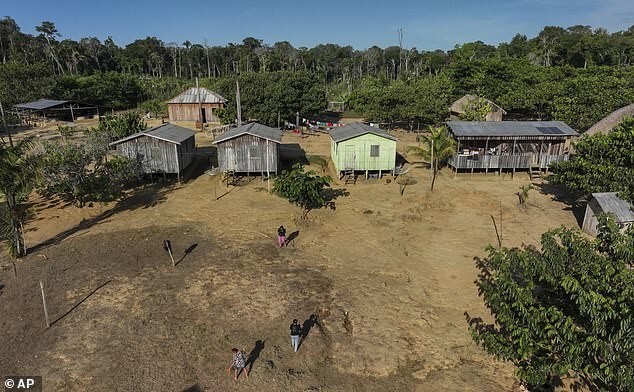
The indigenous Juma community is bustling with life. Their territory is a two-hour boat ride from the nearest road.
During the forced relocation early in their lives, Munday and her sisters made the decision to marry men from other tribes, preserving their lineage despite patrilineal tradition. This is a system of kinship that establishes descent through the paternal (male) line.
Today, despite long difficulties, the Jumas are returning. Their territory, located two hours by boat from the nearest road, is bustling with life.
Children of different ages play in the river. People catch fish with nets and fishing rods, throwing small fish back into the water. Women grind cassava into flour by hand, saving scarce fuel for nightly generators. Others go hunting.
During the day, people gather in the malok, or common building, built in traditional juma style, to eat, care for their macaques and parrots, lounge in hammocks during the warmest hours, pound cassava, and check WhatsApp messages on their internet-connected mobile phones. using an antenna.
Aruka Juma, the father of three sisters, is buried under this maloca. 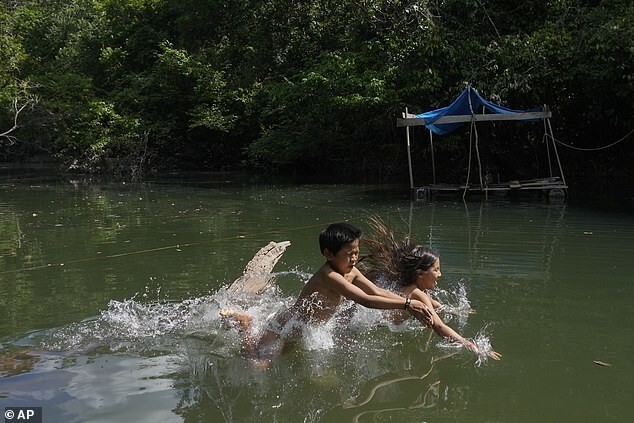
Children of the Juma tribe play on the Assua River. 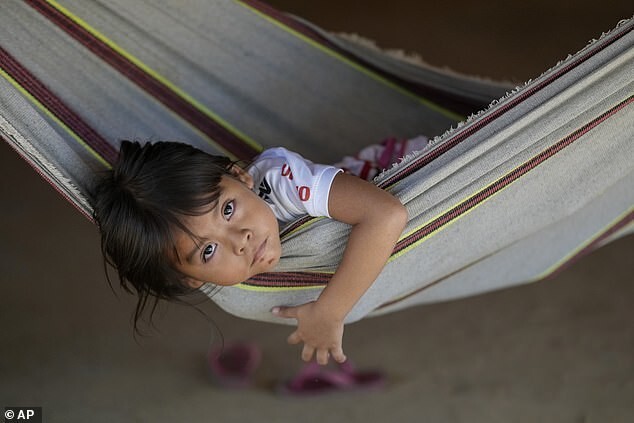
During the day, people gather in the malok, or common building, designed in traditional juma style, to eat, care for their macaques and parrots, and lounge in hammocks. 
Borea, Maita and Monday Juma harvest cassava. Women grind cassava into flour by hand, saving scarce fuel for nightly generators.
Munday was the leader of the tribe for more than ten years. She recently gave way to her older sister Borea.
“Because we were few in number, people didn’t recognize us or respect us,” she says. “There had never been female leaders before, so they started telling me, ‘You shouldn’t have taken it upon yourself because you’re a woman.’”
It hurt at first, she says. Then she stopped caring.
“I have adapted to seek solutions for our people,” says Monday Juma.
The tribe's territory, roughly the size of Las Vegas, is covered in old-growth Amazon rainforest. The main goal is to protect its territory, located in the south of the state of Amazonas, which is a hotbed of land grabbing and illegal deforestation. 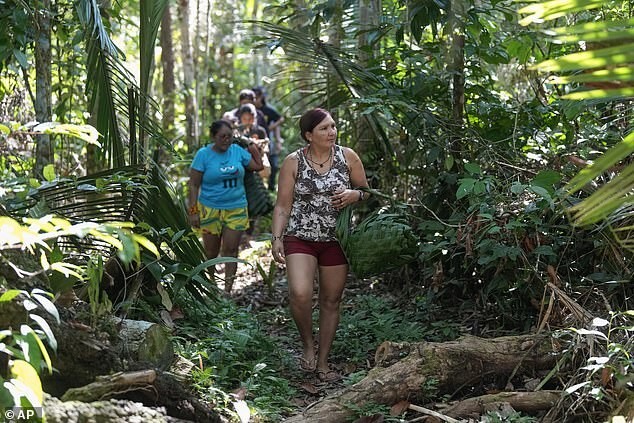
Monday Juma (right) and Borea Juma (left) walk along a trail through the Amazon jungle. 
The land of the Juma tribe is surrounded by jungle. The area is a hotspot for land grabbing and illegal logging. 
A boy from the Juma tribe shows the fish he caught in the Assua River.
Munday fears they could be captured just like the village of Uru-eu-vao-vao where she grew up. Once upon a time it was also surrounded by forest, but now there are pastures around it, which are managed by non-indigenous inhabitants, invaders.
“I came back there for a visit, and the forest...” she pauses and begins to sob. - This is very painful; “What’s happening there is exactly what we don’t want here.”
The planned construction of a highway near the territory increases the likelihood of land grab by outsiders. Cattle farming and the expansion of soybean crops throughout the region are significantly changing the environment and negatively impacting the traditional way of life of indigenous people.
“The river is not filling with water like before. The water shouldn't dry out that much. It has become much hotter, this was not the case before. What worries us is this: why is this happening? Because of deforestation,” says Munday.
To protect themselves from external threats, the tribe's young men, including Mandey Pure's nephew, patrol their territory in boats. They use drones donated by local indigenous non-profit Kaninde to monitor the most remote areas for loggers, poachers and fishermen. 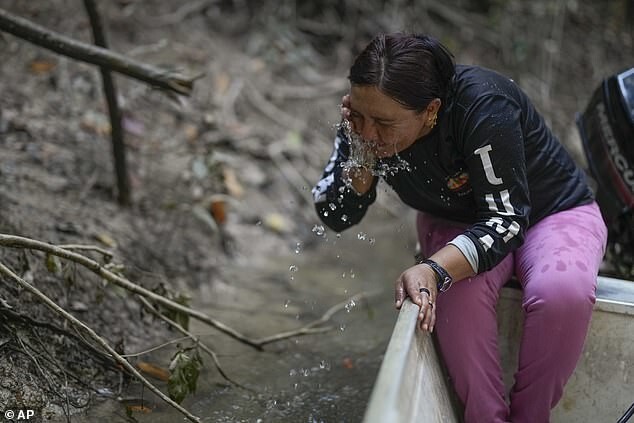
“The river is not filling with water like it used to.” 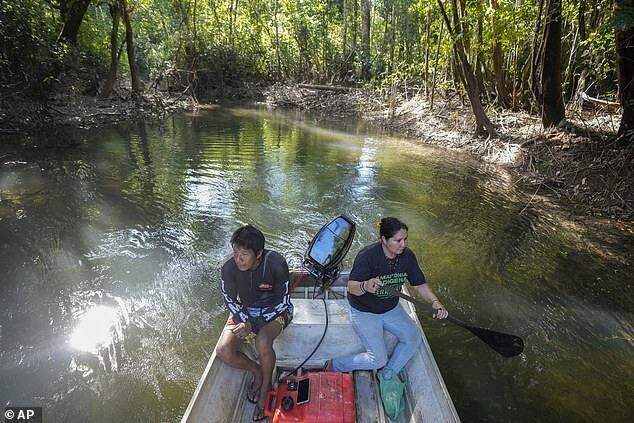
Maita Juma (right) and her husband Puruem Uru-Eu-Wau-Wau ride a boat on the Assua River. 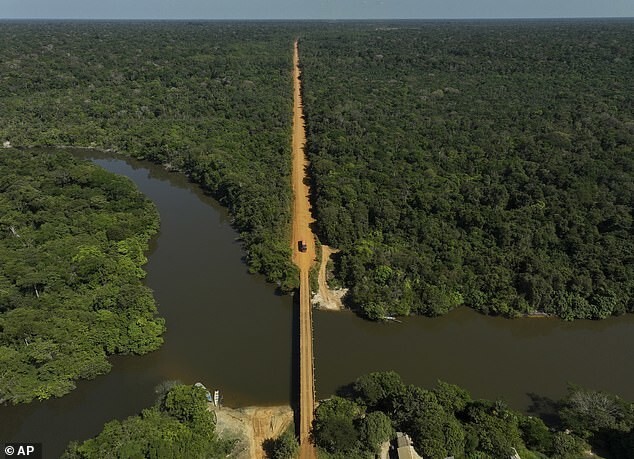
The Trans-Amazonian Highway crosses the Assua River near the indigenous community of Juma.
“I broke the rules of anthropology and followed my mother’s ancestry,” Pure, 22, said proudly in an interview with The Associated Press in Maloca. If I don’t identify myself as Juma, who else will?”
His mother, Borea, married a man from the Uru-eu-wow-wow tribe. According to tradition among native Brazilians, Pure was registered under the surname of the father of his tribe. But when he turned 15, he went to Brazil's indigenous affairs bureau, Funai, and demanded that his mother's tribe be added. Now his full name is Pure Juma Uru-Eu-Wau-Wau.
Two of his cousins also took the surname Juma: Ana India and Shakira (the latter named after the famous Colombian singer).
Before human contact, the Juma tribe likely numbered several thousand people, but they resisted the non-Indigenous invaders and were brutally exterminated in response. The last massacre took place in 1964, on the orders of a local merchant, as described in a book by German missionary Günter Kromer.
An estimated 60 people were killed, including children. Aruka, one of the few survivors, lost his father. His mother would die many years later from malaria, a disease brought to the Amazon by non-indigenous people. 
Pure Juma, son of Borea Juma, carries a basket filled with cassava. 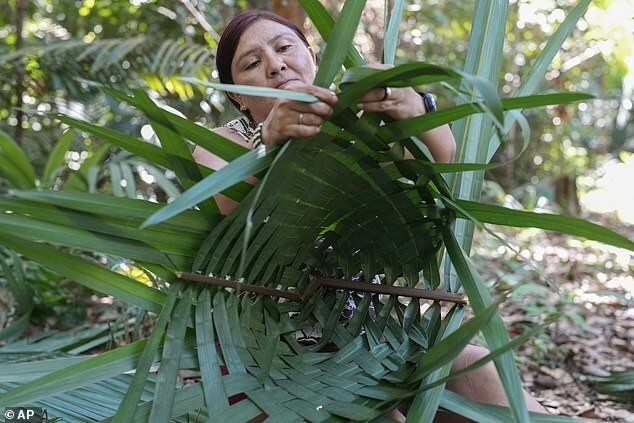
Monday Juma weaves a basket from palm leaves. She says she remains concerned about the future of her tribe.
In 1998, with six Juma survivors struggling to survive, Brazil's indigenous affairs bureau Funai transferred them to the village of Uru-eu-wau-wau, several hundred kilometers from the city.
Despite a common language, Kawahiwa, the Juma elders had difficulty adapting to another tribe. A few months after their arrival, Aruki's sister and her husband died of melancholy. Aruka, unhappy and restless, pressed Funai to be given the opportunity to return to his home village with his first three daughters - a place that would eventually be officially recognized as Juma territory. When he succeeded, he returned to life.
For Munday, the language of her people also became the key to survival. In 2019, she invited linguist Wesley dos Santos to visit. As part of this collaboration, a multimedia film was createda dictionary dictionary for mobile phones, and an online collection of digital archives of traditional stories, monologues and songs in the Juma language.
“Kawahiwa is a critically endangered Amazonian language with approximately 560 speakers. There are eight varieties, including the Juma language,” explains Santos, a graduate student at the University of California, Berkeley. 
Starry sky over the Juma community.
Despite all these recent advances, Munday remains concerned—a word she repeated ten times during the interview—about the future of the Juma tribe. In her opinion, 24 residents of their village is still very few, and there are not enough Juma men to increase the population. More than ever, three resilient women are trying to figure out how they can pass on the traditions of juma to the next generations.
“The biggest responsibility I share with my sisters is not to lose the juma culture that our father taught us,” Munday says.
